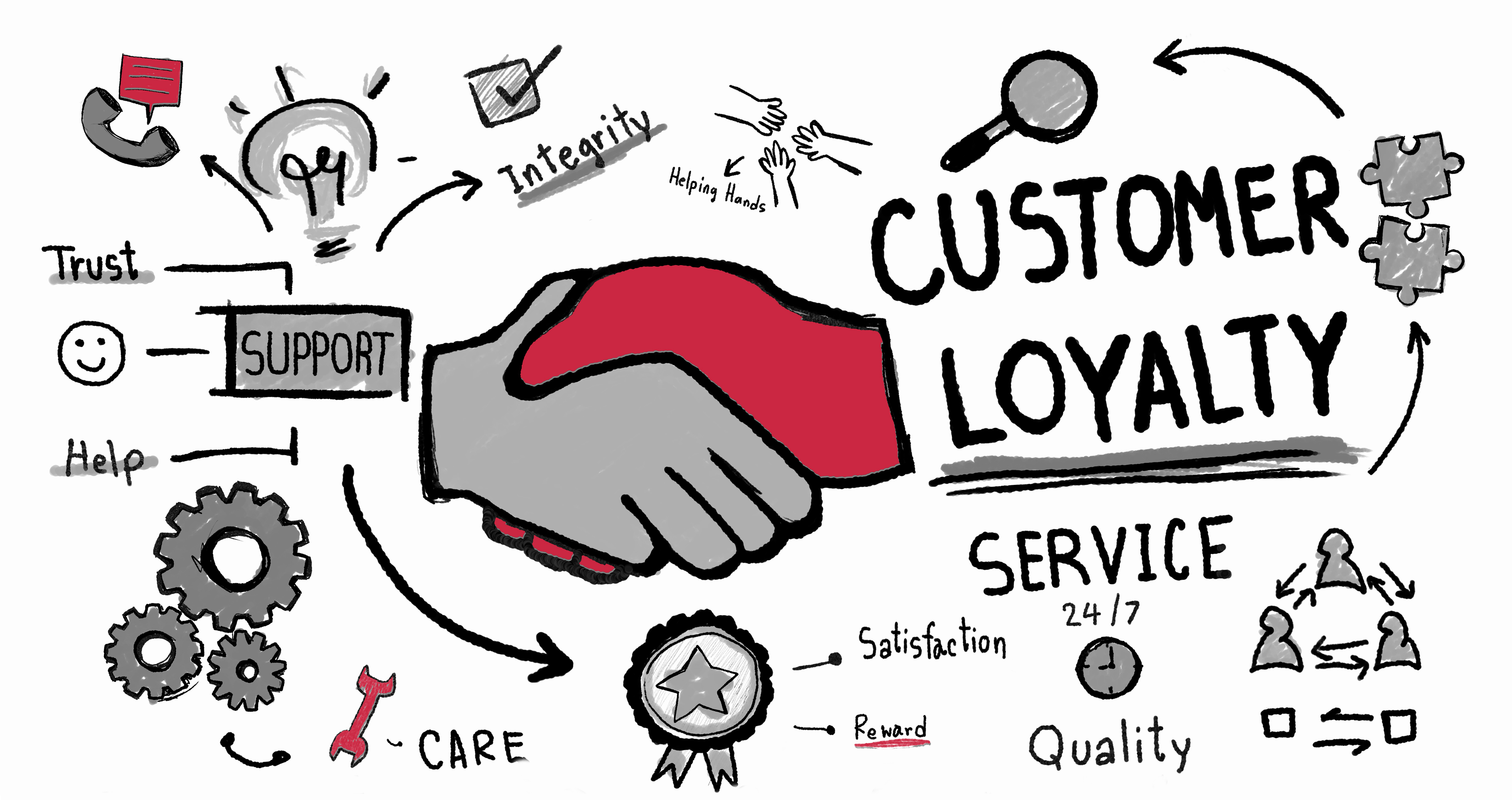By Thomas Davis, CRNA, MAE, Lt. Col (ret)
Follow @procrnatom on Twitter
The modern-day operating room is a miracle machine where diseases are cured and lives are changed. The nature of the work carries inherent risk and any deviation in protocol can have devastating consequences. In addition, the operating room is a business that requires efficiency in order to maintain the positive cash flow that supports the essential work that takes place there. When medical mistakes are made or schedules are not met, rather than asking, “What went wrong?” all too often healthcare providers ask, “Whose fault is it?” and launch into the blame game.
I recently worked in an operating room where the standard for turnover between cases was 20 minutes. At the end of each case, when the patient was wheeled out, the clock started ticking and a flurry of activity was put into motion aimed at hitting the magic 20-minute standard. Many requisite tasks had to be completed during the brief turnover time to prepare the room for patient #2:
- Patient #1 settled in recovery, report given, paperwork completed
- Room disinfected, new instruments obtained and set up
- Preoperative evaluation and lab work for patient #2 completed and on the chart
- Surgical consents signed and site marked by the surgeon
- Transfer of care for patient #2 from pre-op to the operating room team
- Transport of patient #2 to the operating room
During the 20-minute turnover time, glitches could easily occur at any point in the process and despite the sincere desire to meet the standard, more often than not the turnover time exceeded the expectation. If a patient entered the operating room behind schedule the most important question was always, “Whose fault is it?” I quickly learned that assigning blame was a greater priority than establishing a system where the standard could be met.
Blaming is a defense mechanism that enables an individual to avoid responsibility for a negative event. By blaming others, we can divert attention from ourselves and reduce the chance of being exposed as part of the problem. When we point out the flaws of others, our egos are inflated and our own deficits can be hidden. For bullies blame can be a powerful weapon in establishing superiority. Whether you are diverting responsibility or establishing the upper hand, blaming has a destructive effect on collaborative teamwork and is toxic in the workplace and here is why:
- Blame places the entire group in a defensive mode. Avoiding incrimination becomes the overwhelming motivation and the group loses sight of the positive goals that they had once worked to achieve.
- When blame is anticipated there is a reluctance to take a risk and creativity is killed. Instead of seeking new ways to solve a problem, ironically, the group clings to the safety of the way it has always been done.
- Blame blocks learning from mistakes. When culpability is certain, people are reluctant to admit mistakes or point out flaws in the system thus creating an attitude of professional stagnation.
There is a more productive way to conduct our business and interact with each other in the operating room. Switch from blame to shared responsibility. A medical mistake creates an opportunity to work together to find a solution that, in turn, opens the door to innovative teamwork. Adopting a no-blame attitude will benefit your team in the following ways.
- Team members can remove the lens from the problem and focus on the greater goal, taking steps to move toward the desired outcome.
- Removing the fear of being made the scapegoat when the system fails encourages disclosure. When there is no need to divert attention and assign blame, people openly admit mistakes, share thoughts and offer suggestions that will lead to resolutions.
- The common goals and interactive problem-solving that result from no-blame environments encourages collaboration and teamwork.
- Removing blame builds the element of trust along with the security of knowing that when problems occur, your team will come together to find a solution instead of throwing an individual under the bus.
A no-blame workplace does not remove accountability. Individuals are still held accountable for repeated or blatant violations of protocol. However, in most cases, accountability goes to the team to find proactive, outcome-oriented solutions.
In the high risk/high reward environment of the operating room, collaboration and effective teamwork provide the key to success. Blaming an individual for a flaw in the system is divisive and ultimately undermines the success of the organization, whereas, goal-oriented problem solving brings the team together and improves overall outcome. There are no winners in blaming or gaming.












